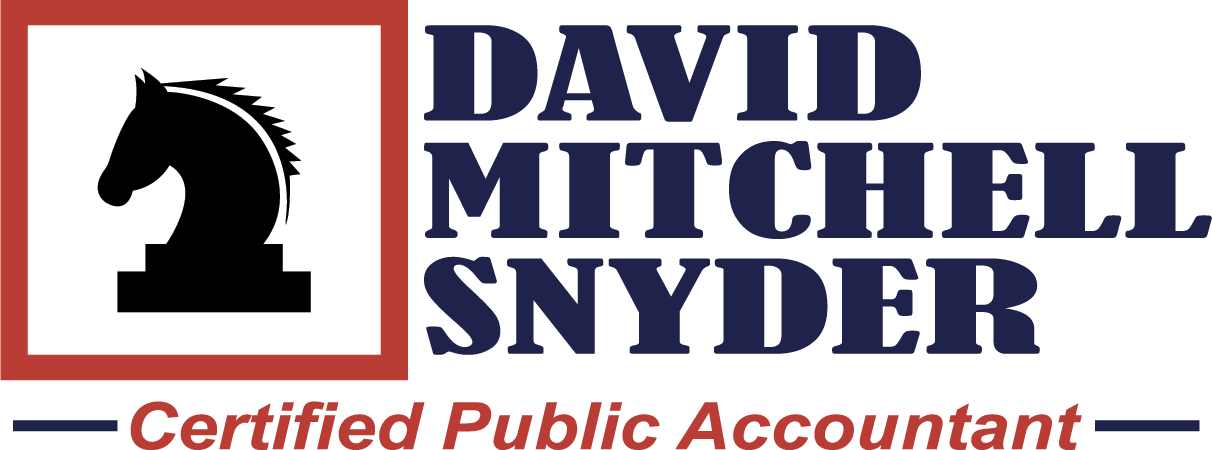WHAT’S ALL THE FUSS ABOUT BEING A REAL ESTATE PROFESSIONAL (OR FOR SHORT AN REP)?
WHAT’S ALL THE FUSS ABOUT BEING A REAL ESTATE PROFESSIONAL (OR FOR SHORT AN REP)?
(There are so many traps for the unwary)

You, as a taxpayer, may only offset losses from a passive activity against income from a passive activity. Passive activities include all businesses of a taxpayer that you don’t materially participate in and all your rental activities, regardless of the level of your participation. Therefore, you can’t’ deduct rental losses against earned income such as salaries and wages.(There is an exception for lower income individuals.)
However, as a qualified Real Estate Professional, your rental activity is nonpassive if you materially participate in the activity. This allows you to deduct any losses from the real estate activity (with REP materially participation) to offset all or some of your or your spouse’s earned income. You have (at least) two hurdles to jump to get this treatment. First to you must qualify as a REP and second you need to qualify as materially participating in each of your real estate activities (or at least the ones with losses you want to deduct).
To qualify as a REP, you must spend more than one-half of your personal service hours (and this more than one-half must exceed 750 hours) in real property trades or businesses in which you materially participate. The IRS and the courts have consistently challenged a taxpayer who works more than 1,000 hours a year in a non—real estate job when they claim to have spent more time on their real estate activities. In addition, just qualifying as a REP doesn’t turn your real estate activities to nonpassive. You must also materially participate in each real estate activity to deduct any of its loss against your nonpassive income.
You must establish material participation in each rental activity separately or elect to aggregate all your real estate activities to calculate material participation. One way to qualify as material participating in a real estate activity is to provide personal services of more than 100 hours per year for each specific activity. In addition, you must provide more hours of service than anyone else with respect to each specific property. As your real estate portfolio grows this 100-hour requirement can be quite burdensome. This means it’s time to consider aggregating your real estate rentals into one activity.
A qualifying real estate professional who intends to aggregate all rental activities must make a formal election on the appropriate tax return. Aggregating all the taxpayer's rental activities into one column on Schedule E, does not satisfy this requirement. A REP makes the election to aggregate all interests in rental real estate by filing a statement with the taxpayer's income tax return that contains a declaration that the taxpayer is a qualifying real estate professional for the tax year and is making the election pursuant to Sec. 469(c)(7)(A).
A potential problem with the aggregation election is the combined rental real estate activity is treated as a single activity for all purposes. This includes when a property is sold. Since the sale of one property is not a full disposition of your real estate activities you cannot deduct your suspended losses associated with the sold property. These losses will not be deductible until you dispose of all of your business real estate properties.
